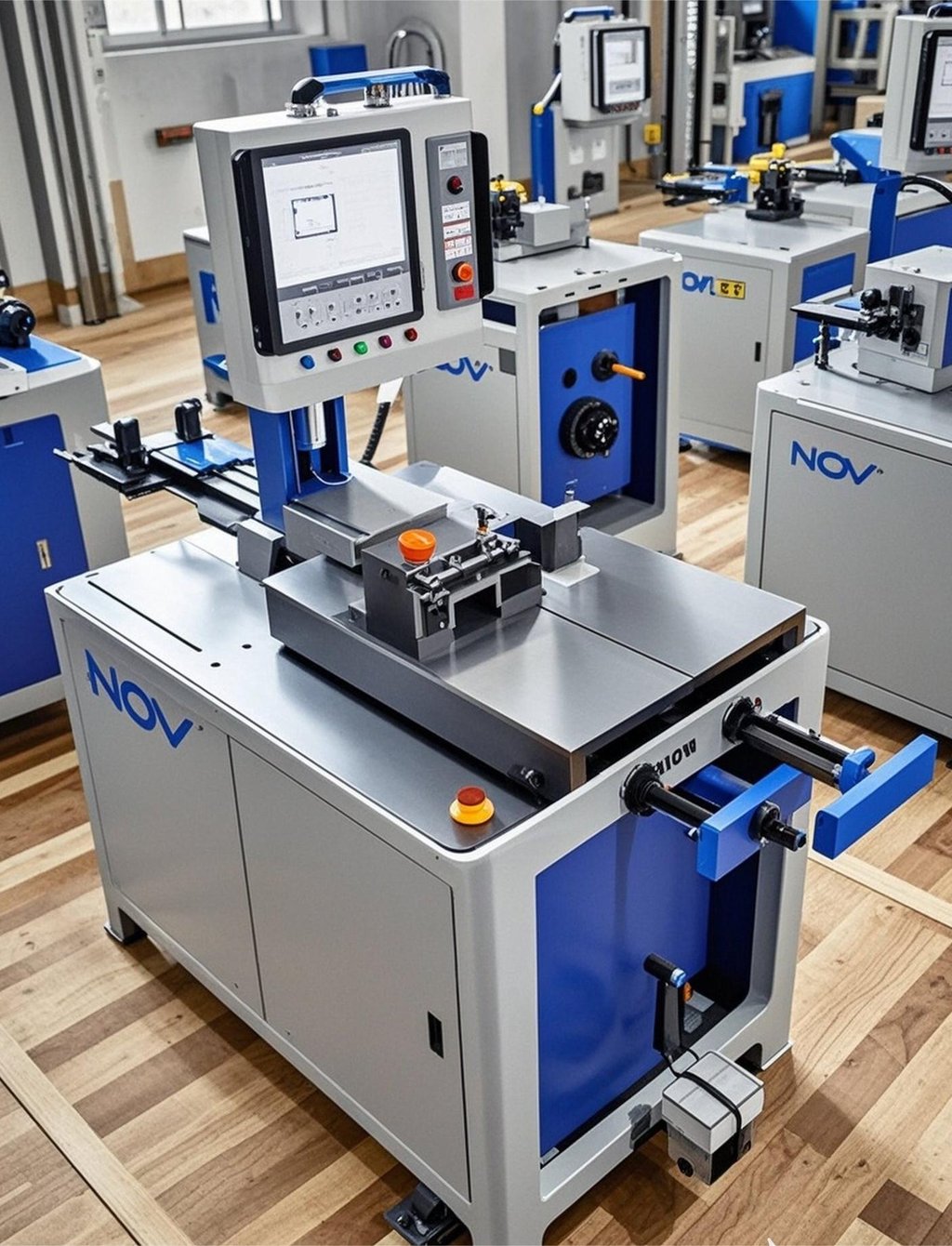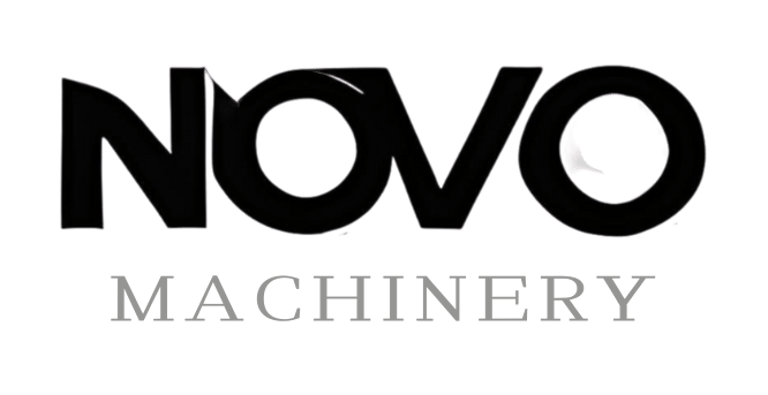Busbar Machines vs Hand Tools: Upgrade Your Equipment
Discover why small and medium-sized manufacturers should consider upgrading their manufacturing equipment from hand tools to busbar machines. Improve efficiency, precision, and productivity in your operations today.
7/28/20255 min read


Introduction to Busbar Machines and Hand Tools
In the realm of electrical manufacturing, the choice of equipment plays a pivotal role in determining operational efficiency and product quality. Busbar machines and hand tools are two essential categories of equipment utilized by manufacturers, particularly within small and medium-sized enterprises (SMEs). While both serve critical functions in production processes, they exhibit distinct characteristics and capabilities that can significantly affect performance.
Busbar machines are specialized pieces of equipment designed to process busbars, which are metallic strips used to conduct electricity within electrical systems. These machines can perform various tasks, such as cutting, bending, drilling, and assembling busbars with high precision and speed. Driven by advanced technology, busbar machines not only enhance productivity but also minimize the chances of errors that are commonly associated with manual operations. Their automation features allow for consistent quality control, which is crucial for maintaining high standards in manufacturing.
On the other hand, hand tools encompass a broad range of simple, manual implements used for various tasks in manufacturing. These tools, such as pliers, screwdrivers, and wrenches, offer flexibility and ease of use for intricate operations where precise control is needed. However, while they are versatile, hand tools often require substantial time and labor, particularly for larger batches or complex assemblies. Their reliance on the operator's skill level can lead to inconsistent results, making them less suitable for high-volume production settings.
For SMEs, understanding the differences between busbar machines and hand tools is essential for making informed choices regarding their equipment investments. Upgrading to busbar machines can offer a substantial competitive advantage, allowing for higher efficiency and quality in electrical production processes. This decision will ultimately contribute to improved operational outcomes and customer satisfaction.
Benefits of Upgrading to Busbar Machines
Upgrading to busbar machines presents significant advantages for small and medium-sized manufacturers, particularly when compared to traditional hand tools. One of the primary benefits is increased efficiency. Busbar machines automate many processes, reducing the time taken to complete tasks that would otherwise be performed manually. This enhancement in productivity means that manufacturers can meet tighter deadlines and respond more effectively to fluctuating customer demands, leading to improved operational throughput.
Another critical advantage is the improved precision in fabrication. Busbar machines utilize advanced technologies that allow for consistent and accurate cuts and bends. This precision minimizes the risk of errors that are more common with hand tools, resulting in a final product that meets stringent quality standards. Consequently, this capability not only enhances the overall quality of the manufactured components but also reduces material waste and costs associated with reworking defective items.
Moreover, the safety of workers is notably enhanced with the adoption of busbar machines. Unlike hand tools, which often require considerable manual effort and can lead to ergonomic injuries, busbar machines are designed to minimize physical strain and reduce the potential for accidents. The automated nature of these machines allows operators to work in a safer environment, ultimately leading to improved workplace morale and reduced absenteeism due to injury.
In addition to these operational benefits, the transition to busbar machines can bolster a manufacturer’s competitiveness in the marketplace. Higher product quality, coupled with increased production capacity, positions small and medium-sized manufacturers to better compete with larger entities. Greater efficiency translates not only to lower operating costs but also to the potential for enhanced profitability as manufacturers can offer more competitive pricing while maintaining high-quality outputs. In conclusion, the advantages of upgrading to busbar machines are multi-faceted and impactful, providing a compelling case for manufacturers looking to advance their production capabilities and succeed in a dynamic market environment.
Challenges Faced by Small and Medium-Sized Manufacturers
Small and medium-sized manufacturers (SMEs) often find themselves navigating a complex landscape filled with numerous challenges, particularly when it comes to upgrading their equipment. One of the most pressing obstacles is budget constraints. Limited financial resources can significantly hinder an SME's ability to invest in advanced machinery, such as busbar machines, which offer enhanced efficiency and productivity compared to traditional hand tools. This cautious approach is often rooted in the fear of financial instability, especially in an unpredictable market.
Additionally, many SMEs lack the necessary technical expertise to operate more sophisticated equipment. Transitioning from manual hand tools to automated busbar machines may seem daunting for teams accustomed to traditional methods. This gap in knowledge can deter businesses from making upgrades, as they may worry about the initial downtime required for training and adaptation.
Moreover, hesitation regarding the return on investment (ROI) from new equipment plays a significant role in the decision-making process. Manufacturers may question whether the initial outlay for advanced technology will pay off in the long run. Concerns may arise about the time it takes to recover costs through improved efficiency, reduced labor expenses, and increased output. This uncertainty can lead to a reluctance to commit to necessary upgrades, resulting in missed opportunities for growth and innovation.
However, it is crucial for SMEs to address these challenges head-on through strategic planning. By evaluating financing options, including leasing arrangements or government grants, businesses can ease the financial burden associated with upgrading their equipment. A proactive approach to acquiring busbar machines can enhance productivity and competitiveness in the marketplace, ensuring SMEs do not fall behind in an era of rapid technological advancement.
Making the Case for Investment: ROI and Future Growth
Investing in busbar machines offers a compelling case for small and medium-sized manufacturers (SMEs) looking to enhance performance and drive future growth. The return on investment (ROI) associated with transitioning from traditional hand tools to automated machinery is significant, manifesting in various dimensions including productivity, accuracy, and resource efficiency. One of the most immediate benefits is the improvement in productivity. Busbar machines enable higher throughput rates, which allows manufacturers to meet increasing market demands without proportionately raising labor costs. This increased output translates into greater revenue opportunities, showcasing the strong business rationale behind such investment.
Moreover, the accuracy provided by busbar machines minimizes material waste and reduces costly errors in the manufacturing process. High precision machines ensure that busbar components meet strict specifications, leading to higher quality products and fewer returns. The transition not only improves efficiency but also enhances customer satisfaction through reliable and consistent product delivery.
When considering scalability, busbar machines are designed for growth. As SMEs expand their operations, these machines can accommodate higher volume production with ease compared to manual tools. This adaptability allows businesses to scale rapidly in response to market shifts, providing a strategic advantage over competitors relying on less efficient methods. Real-world case studies illustrate this trajectory: manufacturers that adopted busbar technology reported significant increases in output and profitability within the first few years of investment, effectively enhancing their competitive edge.
Additionally, organizations that have undergone this transition have highlighted decreases in labor costs over time, as fewer operators are required to manage complex tasks. Consequently, the savings achieved through reduced labor and material costs contribute to the overall financial viability of investing in busbar machinery. By integrating technology into their operations, SMEs can not only expect immediate gains but also cultivate a foundation for sustainable, long-term growth in their manufacturing capabilities.
Innovate
Leading manufacturer of busbar processing equipment solutions.
Contact
Support
+131 2713 4627
© 2025. All rights reserved.
